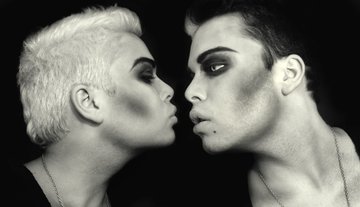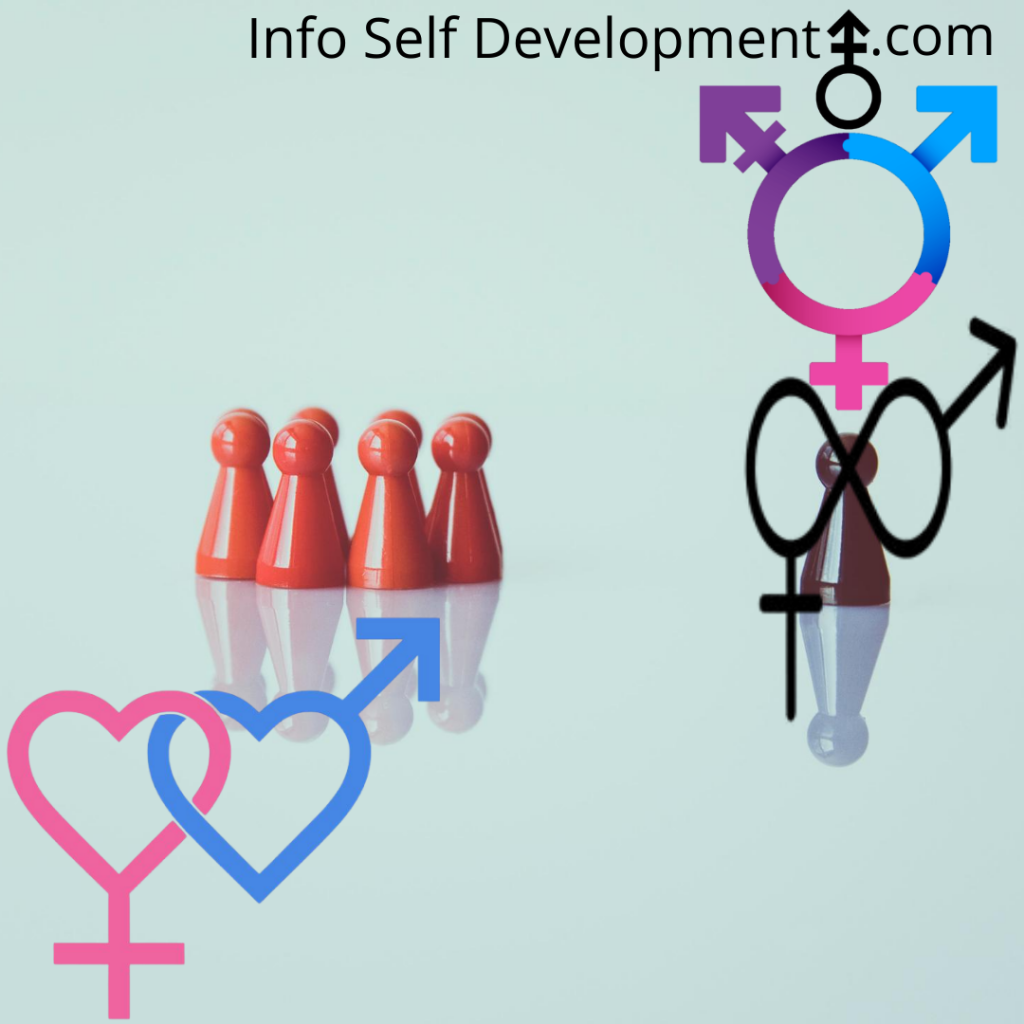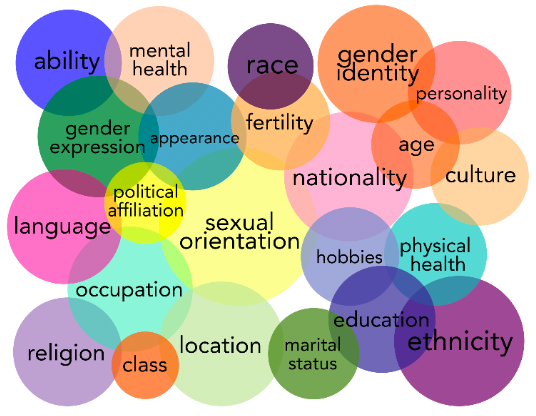
Accept What Is
If you’re healthy, be grateful for breathing easily. If it’s hard to breath accept what is, accept that where you are in this moment has a message for you in it that leads to feeling better in a matter of hours. Think and hold onto one thing that makes you happy for today then repeat that process every day. Even if life is never free of past burdening memories, love yourself unconditionally now, because you’re not who you were yesterday, neither can you be 100% certain of who you will be tomorrow.
Like Attracts Like
Fantasizing about being swept off their feet, many romantic souls are waiting eternally for The One Mate that they’ve met in their dreams to show up in flesh and bones. But better than waiting for mirages, a realistic way to find The One Soulmate is to start being the ideal love you are eagerly desirous to receive, yourself. This helps lots of people find true love because the more you practice being your own kind of love, the more likely it is that your energy will draw another similar to you toward you.
Contact Your Inner World
What dream do you refuse to listen to? Through the quiet experience self reflection, permit yourself to dream big and to appreciate it. Give your heart permission to take care of you by following its yearnings till you weep for joy.
X-RAY SCAN FOR SECRET HATERS IN DARK CORNERS
Form relationships where you don’t feel taken for granted. In loneliness you don’t feel needed. The path to unconditional love is meant to make you feel beautiful for when you meet bliss at the end of it.
Show your love to someone who can’t return the favor right now.
Reaching out sometimes to help someone out without becoming a doormat, means being kind to another for as long as, if the roles were reversed, they’ll be there for you too when you call.
That’s why it’s good to walk your life along people who make you feel golden. Golden like the love you see in yourself, let it shine, let it be reflected back at you from all auras around you.
But don’t take a long walk after dark in dodgy corners with secret haters.
Look around and realize, not everyone is your friend in the park, especially if you doubt.
Who is in harmony with who you are becoming, who really likes you for who you are now, and who conspires against you each time they kiss you?
This isn’t rejecting others without compassion, this is about self protection from psychic invasions. Take the right to be surrounded with sympathizers of the life you choose to live.
Helpful Links:
To learn more about the topics explored in this blog post please visit:
Narcissus Or Self-love
Self Love or Narcissism?
Narcissistic personality disorder
Why Narcissism and High Self-Esteem Aren’t the Same Thing
Intersectionality, n.
What is it and where does it come from?
The interconnected nature of social categorizations such as race, class, and gender, regarded as creating overlapping and interdependent systems of discrimination or disadvantage; a theoretical approach based on such a premise. (Oxford Dictionary)
What can I do?
Intersectionality may seem theoretical, but it is meant to be utilized. No matter how or when you have become involved with equity work, it is always possible to more fully integrate intersectionality into your view of these issues. Is your work toward social equity intersectional? Check out these tips and reflect:
Recognize difference.
Oftentimes, it is easier to believe and to explain to others that “all women feel” a certain way or that “LGBTQ+ people believe” some common understanding, but this does not reflect reality. We must recognize that all unique experiences of identity, and particularly ones that involve multiple overlapping oppressions, are valid.
Do not shy away from recognizing that people experience the world differently based on their overlapping identity markers. Because of the way we have been socialized to continue feeding systems of oppression, we often feel it is rude to formally recognize others’ difference. We see this in how people are uncomfortable naming another person’s perceived race or asking for someone’s preferred pronouns. However, we must recognize these identities as a way to step beyond our assumptions that our experience is common. One way of doing so is when you attend rallies, take a look at the signs that others hold — how do they assert their identity and how does this inform the issues they care most about?
Avoid oversimplified language.
Once we recognize this difference, we can move away from language that seeks to define people by a singular identity. You may have heard after the Women’s March that many trans folks and allies felt uncomfortable with the vagina-centric themes of the march. Assuming that all women have vaginas or are defined by their bodies is an oversimplification that erases the experiences of those who exist beyond the gender binary. By avoiding language that assumes our own experiences are baseline, we can open ourselves up to listening to others’ points of view.
Analyze the space you occupy.
Becoming comfortable recognizing difference also involves recognizing when that difference is not represented in the spaces you occupy. Diversity of all kinds matter in your workplace, your activism, your community spaces, and more. If you are meeting with a local LGBTQ+ organization, is there representation of LGBTQ+ people of color? You may feel that your workplace is racially and ethnically diverse, but is it accessible to people with disabilities? Take note of the welcoming or distancing practices of the spaces you frequent.
Seek other points of view.
Explore the narratives of those with different interlocking identities than you. This includes surrounding yourself with others with differing interwoven identities, but keep in mind that oftentimes, even when you have a diverse group of people in an activist space, it falls on people to educate others about the oppressions they face. When these people share their experiences, take the opportunity to listen. However, do not expect people with identity markers other than your own to be there or to want to educate others. In your own time, seek out existing intersectional narratives, from your podcasts to your television. If you are unsure about a concept or want to learn more about a specific intersection of identity, Google it! This will help you be better prepared to enter into conversations with others and progress together. Source: YW Boston
Games People Play
Intersectionality Theory: a feminist framework for understanding and analyzing social issues focuses on how the intersections of socially constructed identities (characteristics) impact people’s lives focuses on the power dynamics within social structures uses perspectives from multiple groups, especially groups that have been traditionally ignored in academic settings prompts action to right social injustices (Dill & Zambrana, 2009; Andersen & Collins, 2010)
Socially Constructed Identities
People are NOT like a box of crayons that are all alike except for color. People are more like assorted writing instruments, such as crayons, pens, paint brushes, pencils, and markers. Some pens and markers are out of ink; some have a good supply of ink. Some crayons are broken, but still work. Some pencils are sharper than others. Some have erasers and some don’t. Like these assorted writing instruments, people have socially constructed identities or characteristics such as race, gender, class, sexuality, geographic location, ability, ethnicity, age, and religion (among an infinite number of characteristics ascribed to individuals). The only reason these identities have meaning is because people give them meaning. Many people have notions that some types of characteristics are better than others. The notions of superior and inferior characteristics greatly impacts people’s lives. Matrix of Domination… Read Full Story > A Quick Guide to Intersectionality Theory PDF



